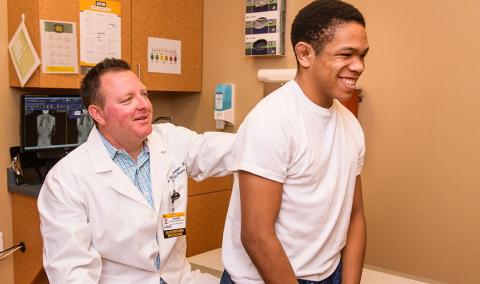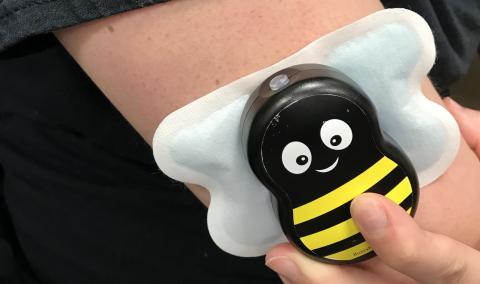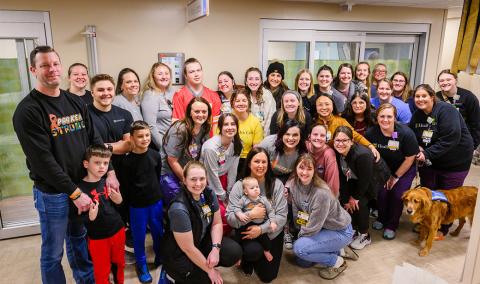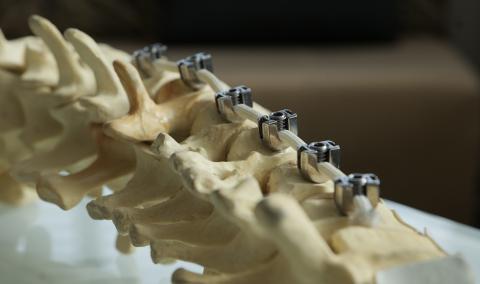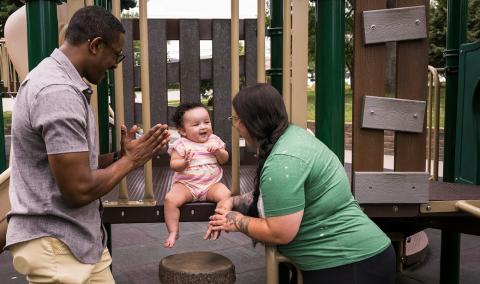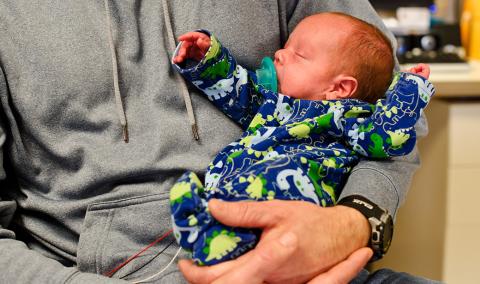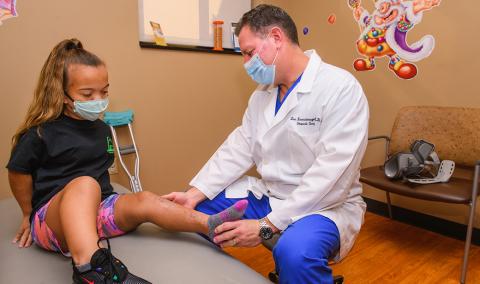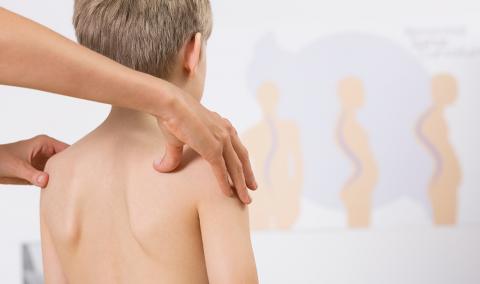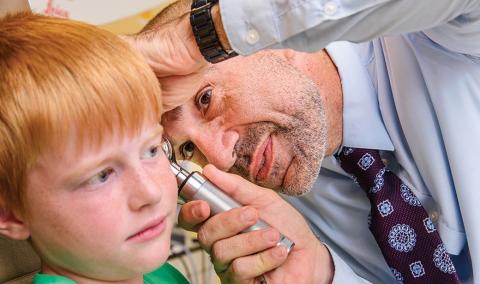Multiple epiphyseal dysplasia (MED) is a general term for a group of disorders characterized by abnormal development of the bone and cartilage of the epiphyses, the rounded ends or "heads" of the long bones. There are two types of multiple epiphyseal dysplasia depending on their pattern of inheritance. Both the dominant and recessive types have relatively mild signs and symptoms, and most people with MED are of normal height or slightly below normal height.
If you have a child with multiple epiphyseal dysplasia, you want him or her to receive comprehensive care from a team of experts. At University of Missouri Health Care, we are the region's experts in treating skeletal dysplasia diseases. We are actively involved with national research for treatments, and the leader of our team, Daniel Hoernschemeyer, MD, sits on the medical advisory board of the Little People of America so he can be actively involved with the issues affecting the health of skeletal dysplasia patients.
Multiple epiphyseal dysplasia CHARACTERISTICS
Dominant multiple epiphyseal dysplasia is characterized by skeletal malformations including those affecting bones of the hands, feet and knees. Joint pain — particularly of the hips or knees — is also common and often develops during childhood. Initial signs may include pain in the hips and knees after exercise. Progressive joint disease, particularly of the large weight-bearing bones, is common. Dominant multiple epiphyseal dysplasia is caused by mutations in certain genes.
Recessive multiple epiphyseal dysplasia (rMED) is a rare genetic disorder characterized by abnormal skeletal development mainly affecting the growth zones of the long tubular bones, including those affecting bones of the hands, hips, knees and feet. Joint pain, particularly of the hips and/or knees, is also common and develops during childhood. Individuals with rMED may exhibit additional congenital abnormalities such as scoliosis, clubfoot or cleft palate.
Multiple epiphyseal dysplasia DIAGNOSIS AND TREATMENT
The majority of individuals are diagnosed during childhood; however, some mild cases may not be diagnosed until adulthood. Dominant multiple epiphyseal dysplasia often presents in early childhood, usually with pain in the hips and/or knees after exercise. About half of recessive multiple epiphyseal dysplasia patients have abnormalities at birth such as clubfoot or curved fingers or toes, and joint point usually occurs in late childhood.
We offer treatments for osteoarthritis, scoliosis, clubfoot and cleft palate often associated with MED and rMED.
RESOURCES FOR FAMILIES
Related Conditions & Treatments
- Adolescent Medicine
- Pediatric Chest Wall Disorders Program
- Down Syndrome
- Emergency Care for Kids
- Feeding Tubes for Children
- Hyperbaric Oxygen Therapy
- Juvenile Diabetes
- Neonatology
- Pediatric Anesthesiology
- Pediatric Cancer
- Pectus Carinatum
- Pectus Excavatum
- Pediatric Cardiology
- Pediatric Dermatology
- Pediatric Development and Behavior
- Pediatric ENT (Ear, Nose and Throat)
- Pediatric Epilepsy
- Pediatric Eye Care
- Pediatric Gastroenterology
- Pediatric Infectious Diseases
- Pediatric Inpatient Rehabilitation
- Pediatric Nephrology
- Pediatric Neurology
- Pediatric Neurosurgery
- Pediatric Orthopaedics
- Pediatric Plastic Surgery
- Pediatric Primary Care
- Pediatric Psychiatry
- Pediatric Pulmonary Medicine
- Pediatric Sleep Medicine
- Pediatric Surgery Services
- Pediatric Surgical Services
- Pediatric Urology
- Pediatric Vascular Anomalies
- Pediatric Weight Management
- Sickle Cell Disease
- Aerodigestive Program




